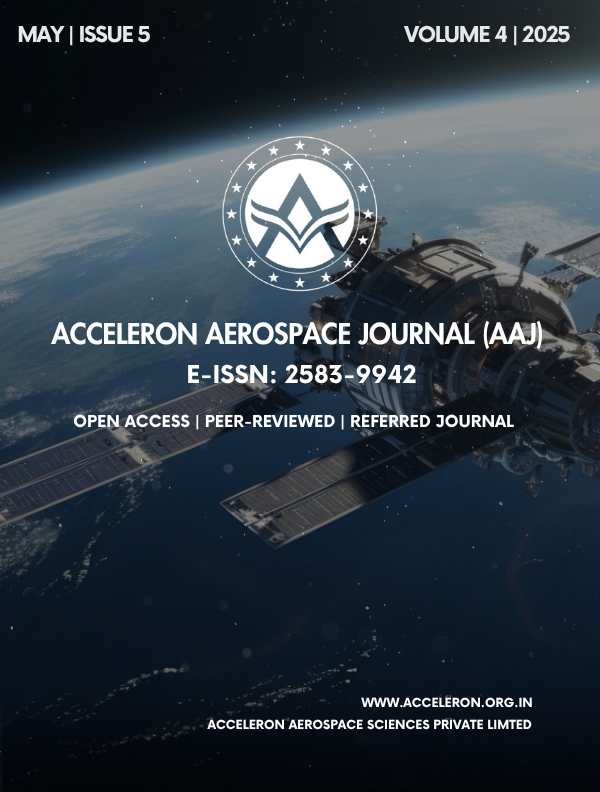Multispectral Imaging and Astrophotographic Analysis of the Star-Forming Regions within the Orion Nebula (M42)
DOI:
https://doi.org/10.61359/11.2106-2527Keywords:
Astronomy, Planetary Research, Space Research, M42, Orion NebulaAbstract
The Orion Nebula (M42), which is among the most beautiful and prominent star-forming areas in the evening sky, presents an interesting region to examine stellar life cycles and interstellar gas dynamics. In this study, we used an Astromaster 130EQ telescope with clear night sky conditions to observe the Orion Nebula and take high-resolution photographs of celestial beauty. Our main interest was in examining the dimensions and structural features of the nebula, such as its bright spots and dark spots, clouds of gas, and star-forming regions. After observing, we employed the DeepSkyStacker image processing software to improve the raw images by stacking several exposures, minimizing noise, and enhancing detailed features of the nebula. This enabled us to achieve a final, clear image that displays key features like the Trapezium Cluster and surrounding gas clouds. By this research, we hope to add to the knowledge of the physical characteristics of the Orion Nebula, specifically its gas content and star-forming activity. Our astrophotographic examination illustrates the capability of utilizing ground-based telescopes combined with sophisticated image processing methods to probe distant star-forming regions with unprecedented clarity.
Downloads
Downloads
Published
How to Cite
Issue
Section
Categories
License
Copyright (c) 2025 Acceleron Aerospace Journal

This work is licensed under a Creative Commons Attribution 4.0 International License.
The Acceleron Aerospace Journal, with ISSN 2583-9942, uses the CC BY 4.0 International License. You're free to share and adapt its content, as long as you provide proper attribution to the original work.





